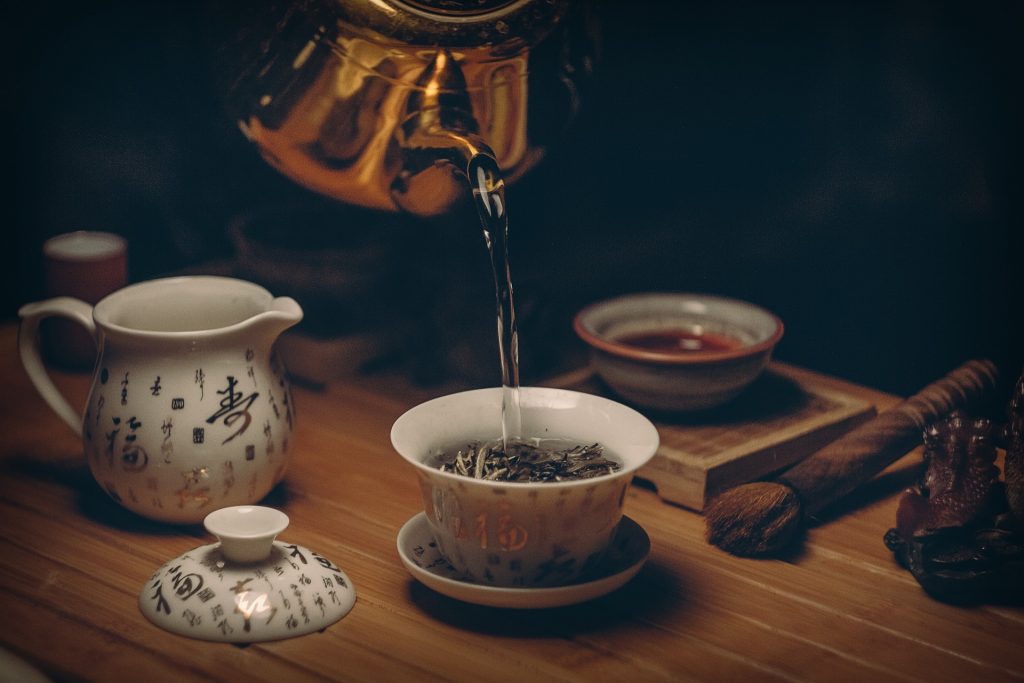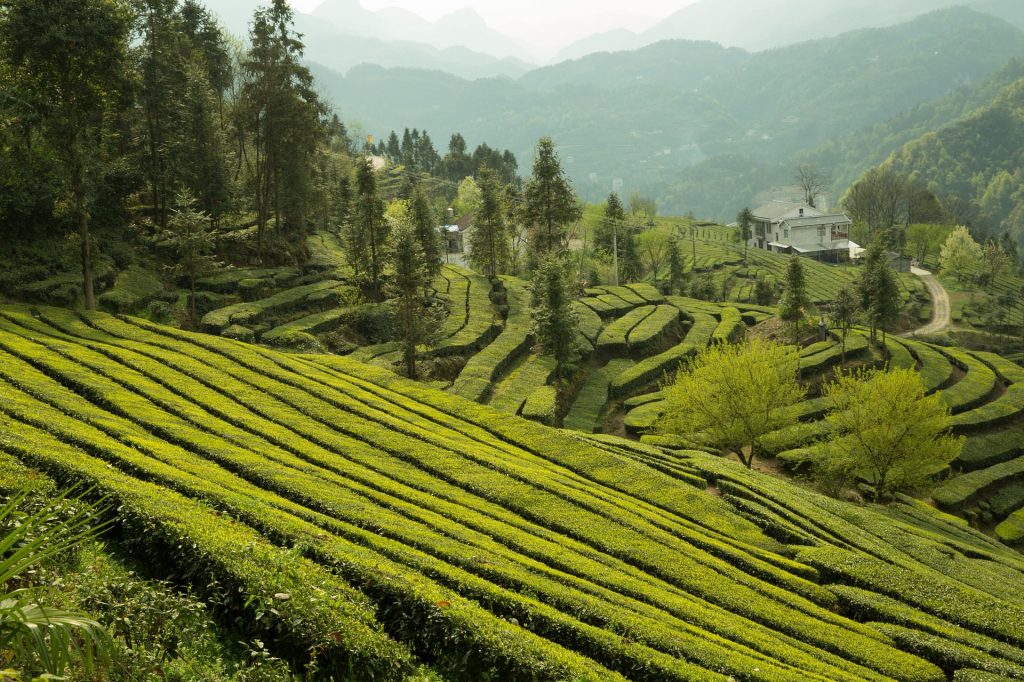 Green, black and white tea are decoction made from the young leaves of the Camellia sinensis plant. Black tea undergoes an oxidation step during processing, while green and white teas are steamed. Brick tea in contrast is also a decoction made from the Camellia sinensis plant, but brick tea uses old leaves, fallen leaves and branches. Brick tea is consumed in parts of China, Russia and Mongolia. Infusions of tea can be made in one of a number of ways, with short infusions in small amounts of water or longer infusions with much large amounts of water. The processing and infusion steps in a particular type of tea can have a very large impact on the quantity of tea components transferred into the final beverage. This can be particularly true for fluoride, which is present in tea leaves in reasonably high amounts. Fluoride has been suggested to be beneficial against the development of dental caries, but this idea is controversial, and more recently the toxicity problems associated with fluoride have become more established.
Green, black and white tea are decoction made from the young leaves of the Camellia sinensis plant. Black tea undergoes an oxidation step during processing, while green and white teas are steamed. Brick tea in contrast is also a decoction made from the Camellia sinensis plant, but brick tea uses old leaves, fallen leaves and branches. Brick tea is consumed in parts of China, Russia and Mongolia. Infusions of tea can be made in one of a number of ways, with short infusions in small amounts of water or longer infusions with much large amounts of water. The processing and infusion steps in a particular type of tea can have a very large impact on the quantity of tea components transferred into the final beverage. This can be particularly true for fluoride, which is present in tea leaves in reasonably high amounts. Fluoride has been suggested to be beneficial against the development of dental caries, but this idea is controversial, and more recently the toxicity problems associated with fluoride have become more established.

Fluoride is found naturally in nearly all foods. Tea is a rich source of fluoride, but the high content of fluoride in tea does not appear to produce detrimental health effects in those that drink tea.
The main problem with ingesting fluoride as a preventative step against dental caries is that only minute amounts of it are required. In most cases these amounts are present in food naturally, and so there is no requirement to consume additional fluoride. Long term exposure to fluoride has been shown to cause a number of problems including bone deformities, tooth discolouration and is also a known neurotoxin. The tea plant takes up fluoride and accumulates it within its leaves, and a substantial amount of this is released into the water during infusion (about 95 %). Fluoride accumulation appears to be particularly high in the fallen leaves of the plant, suggesting that fluoride accumulates in leaves over time, and that younger leaves may contain less fluoride. As white tea is made from the youngest leaves of the plant, this may suggest that white tea contains the least fluoride of all teas. For example, The fluorine concentration in fallen leaves is ~0.6 mg/g whereas the fluoride concentration of young leaves is ~0.3 mg/g.

Tea is a very rich source of fluoride and this reflects the ability of the Camellia sinensis plant to bioaccumulate fluoride. However, although fluoride has detrimental health effects, the consumption of tea is associated with health benefits. This is a paradox, because fluoride is a known neurotoxin, and yet tea consumption is associated with neuroprotection. The most obvious reason for this is likely the poor absorption rate of fluoride from foods. Much of the fluoride becomes complexed with other plant components, and this makes it highly insoluble, and therefore reduces absorption rates significantly.
The fluoride content of tea is provided mainly by the fluoride in the topsoil, which extends down to about 20 cm. The amount of fluoride taken up by the plant is dependent of the pH and on the aluminium content of the soil. At low pH the fluoride in the soil complexes with aluminium and the presence of fluoride in tea comes from these aluminum fluoride complexes. As the pH rises from pH 4 to pH 8, fluoride tends to complex with calcium and iron, and these complexes do not provide the plant with an absorbable form of fluoride. Therefore low pH soils containing aluminium provide a greater uptake of fluoride. Infusing tea leaves into water transfers between 24 and 83 % of the fluoride from the leaves. Repeated infusions into fresh water increases this amount somewhat compared to continuous infusion in the same water. Brick tea releases very high amounts of fluoride (7.34 mg/litre) compared to black (1.89 mg/litre) or green tea (1.60 mg/litre). And this reflects the higher content of fluoride in the older tea leaves used in brisk tea.
Eat Well, Stay Healthy, Protect Yourself
RdB
